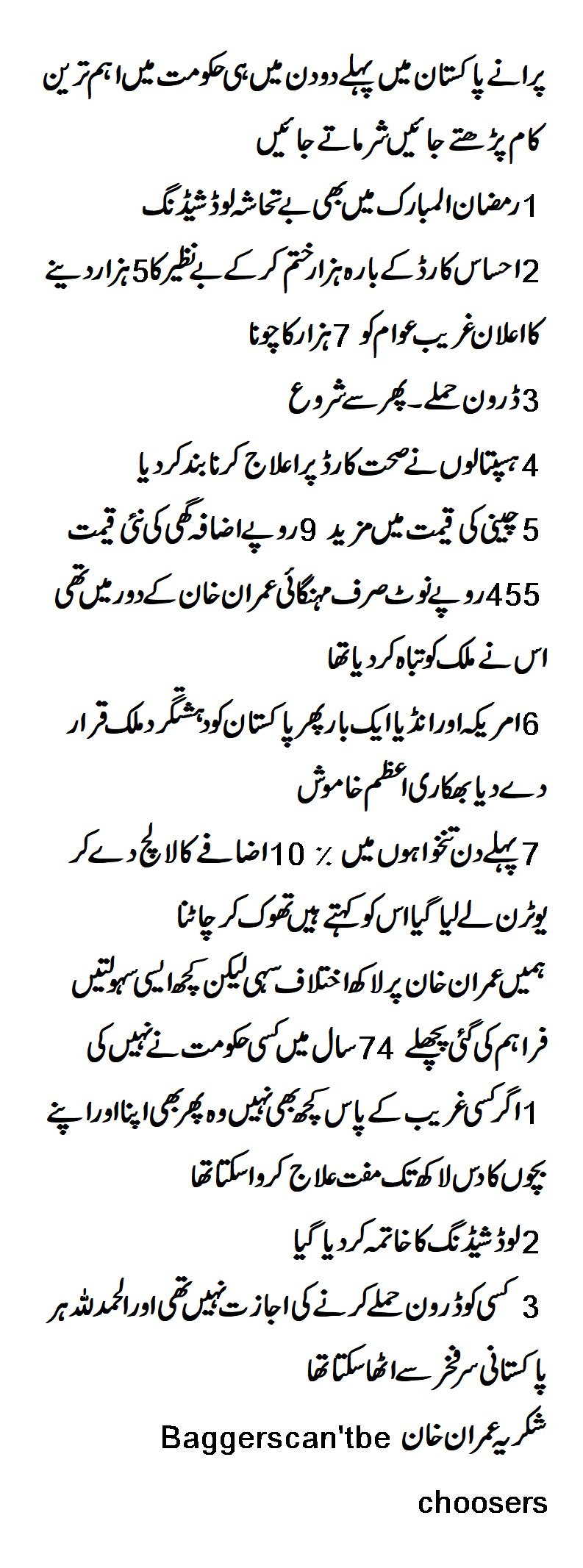The history of Pakistan for the period preceding the country’s independence in 1947[1] is shared with that of Afghanistan, India, and Iran. Spanning the western expanse of the Indian subcontinent and the eastern borderlands of the Iranian plateau, the region of present-day Pakistan served both as the fertile ground of a major civilization and as the gateway of South Asia to Central Asia and the Near East.
Situated on the first coastal migration route of Homo sapiens out of Africa, the region was inhabited early by modern humans.The 9,000-year history of village life in South Asia traces back to the Neolithic (7000–4300 BCE) site of Mehrgarh in Pakistan, and the 5,000-year history of urban life in South Asia to the various sites of the Indus Valley Civilization, including Mohenjo Daro and Harappa.
The ensuing millennia saw the region of present-day Pakistan absorb many influences—represented among others in the ancient, mainly Hindu-Buddhist, sites of Taxila, and Takht-i-Bahi, the 14th-century Islamic-Sindhi monuments of Thatta, and the 17th-century Mughal monuments of Lahore.
In the first half of the 19th century, the region was appropriated by the East India Company, followed, after 1857, by 90 years of direct British rule, and ending with the creation of Pakistan in 1947, through the efforts, among others, of its future national poet Allama Iqbal and its founder,
Muhammad Ali Jinnah. Since then, the country has experienced both civilian-democratic and military rule, resulting in periods of significant economic and military growth as well those of instability; significant during the latter, was the secession of East Pakistan as the new nation of Bangladesh.
